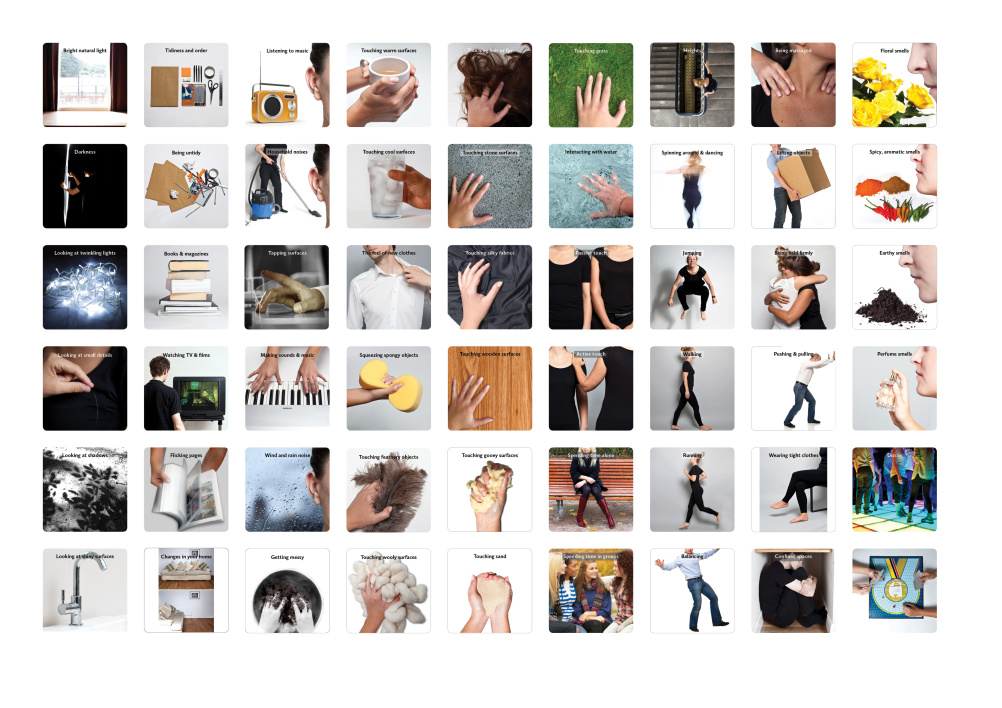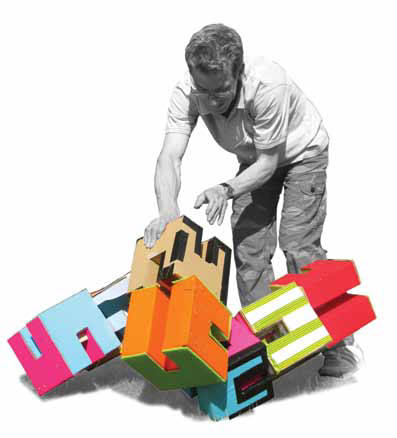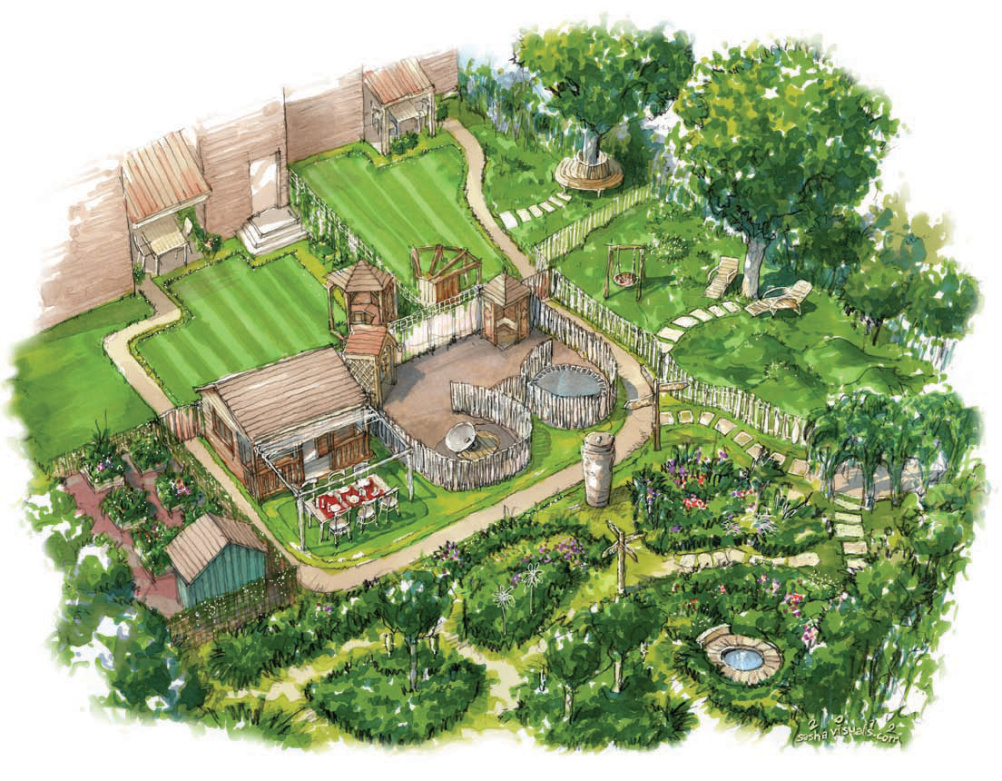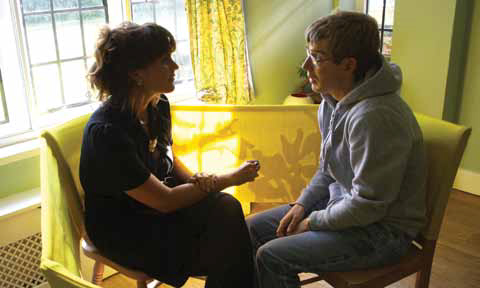Five designs for people with autism
Autism affects around 300 000 adults in the UK – a lifelong and complex condition, it can influence how people make sense of the world around them, and how they communicate with others.

For several years, researchers at the Royal College of Art’s Helen Hamlyn Centre for Design have been working with autism charity the Kingwood Trust and consultancy BEING to develop designs to improve the quality of life for people affected by autism.
Designs for people with autism need to take into account their ‘unusual and complex sensory responses’, according to the Kingwood Trust. For example, some people with the condition have a love of pattern and repetition, which can be brought into designs.
The research team has created a set of four handbooks, covering designs for housing, outdoor environments, living environments and everyday activities. The handbooks can be downloaded for free here.
We look at five projects developed as part of the research programme, which highlight some of the challenges and opportunities in designing for people with autism.

What Do You Like? Sensory preference cards
The cards are used to determine the sensory preferences of people with autism who have limited verbal speech and additional learning difficulties. Through using these cards, designers can make more informed interior design choices. The cards feature preferences such as ‘bright natural light’ and ‘touching silky fabrics’, each of which is accompanied by a visual cue.

Hubble Bubble Vacuum Cleaner
Research revealed that washing up was a particularly popular everyday activity among people with autism, largely due to the bubbles produced. The design team looked at ways of extending bubbles into other activities – in this case vacuum cleaning. A Henry Hoover was adapted with bubble mix, so that it blows bubbles when used. The Hubble Bubble vacuum cleaner is currently being piloted at Kingwood to see whether the visual appeal of the bubbles offsets the negative effect of noise for those hypersensitive to sound.

Fiddle-Brick
The Fiddle-Brick is an example of a sensory prop – an object designed to stimulate the primary senses and enhance living environments for people with autism. The Fiddle-Brick is inspired by the building blocks and construction games devised by Friedrich Froebel and Maria Montessori, and invites participants to stretch, push, pull and rotate individual brick elements to create novel shapes. By adding more bricks, more people can join in the activity. The researchers say that engaging with sensory objects can help people with autism explore and test their senses, and can also help develop skills in motor movement, cognition, communication and socialisation.

Sensory Gardens
The researchers developed guidance for designing gardens that can be enjoyed by people with autism. The garden designs may need to take into account highly contrasting conditions – for example, people hyper-sensitive to touch may become uncomfortable if pathways are lined with long grass that brushes against them, while those who are hypo-sensitive may enjoy the tactile experience of different walkway surfaces. The researchers also developed a series of proposed ‘green spaces’ which cater to needs including escape and exercise.

Sheema
Sheema is a system for adapting chairs to create a space in which a people with autism can feel safe while enjoying the company of others. It comprises a series of knitted pockets that can slot over chair-backs, as well as plush, patterned bands that invite touch. When placed over chairs, the product can create ‘an enclosed den-like space’, researchers say.
-
Post a comment




